Identifying performance issues
Transform and Analyze Data with Microsoft Fabric

Luis Silva
Solution Architect - Data & AI
Fabric capacities
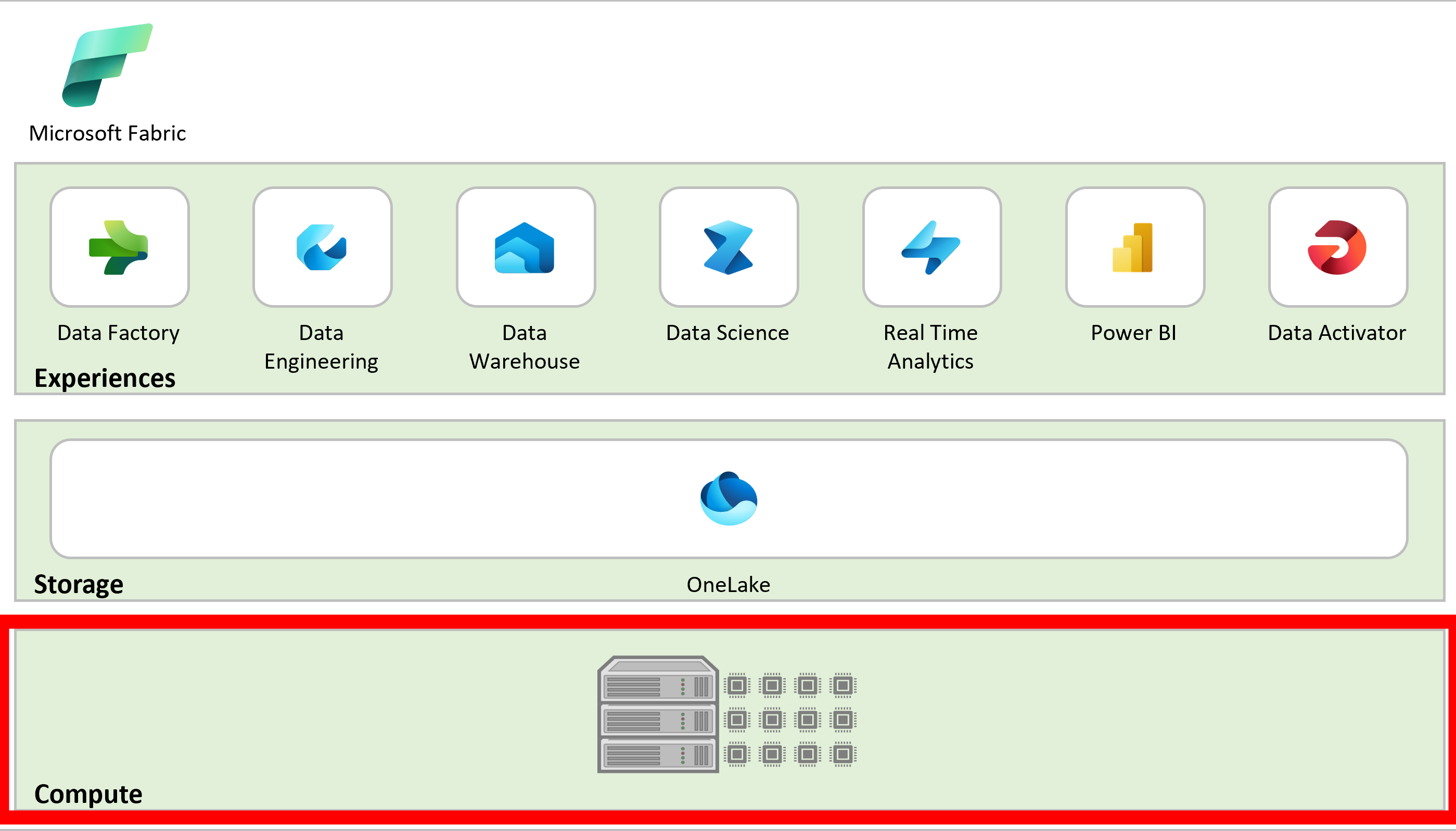
Fabric capacities

Fabric SKUs
- Fabric SKUs are named from F2 to F2048.
- The higher the number, the more computing power.
- Can be compared to Power BI v-cores as a reference.
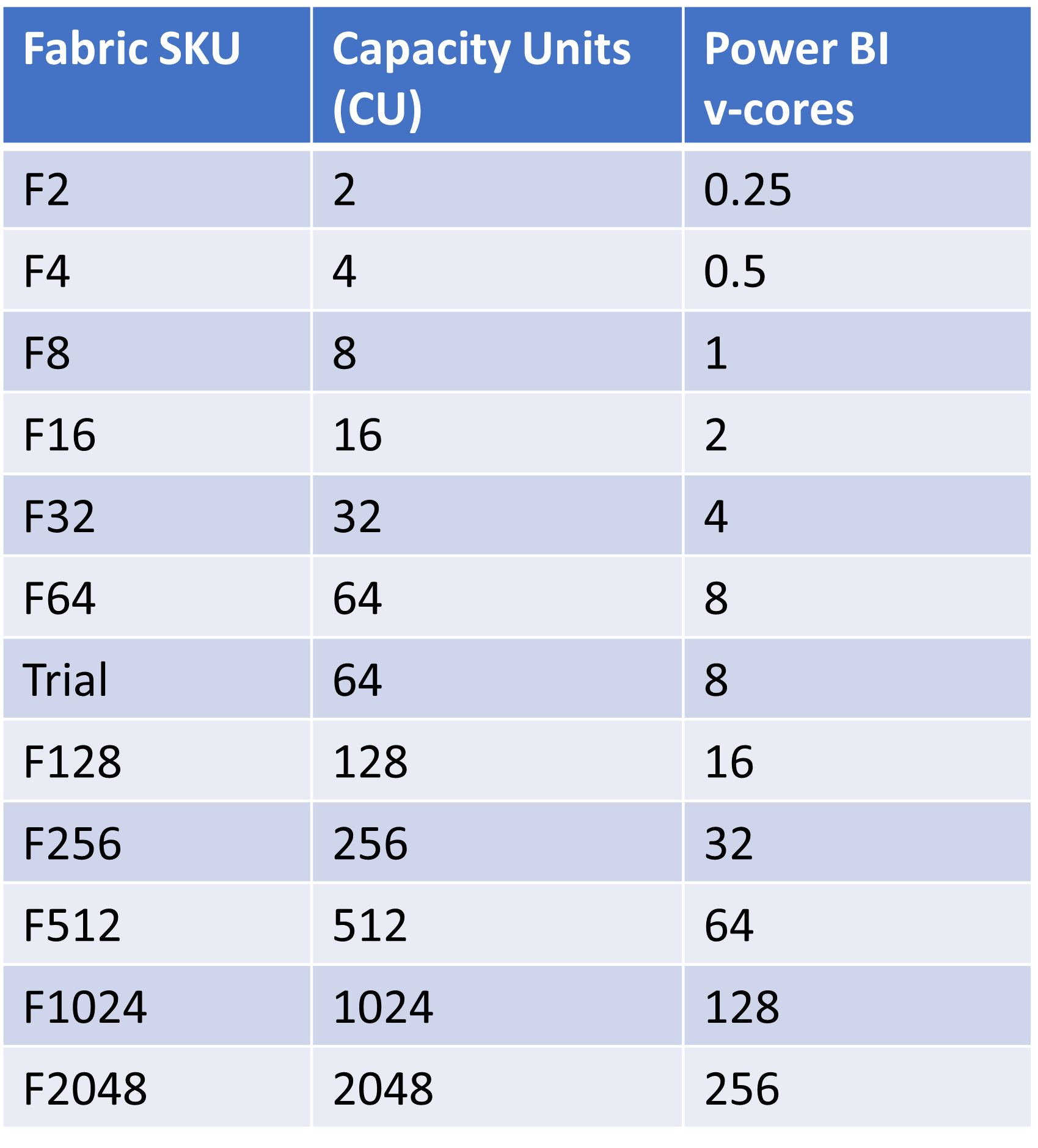
Resource sizing challenges

- Underestimated resources
- Depleting computing resources leads to poor performance
Resource sizing challenges

- Overestimated resources
- Unused computing resources leads to higher costs
Automatic resource management
- Bursting
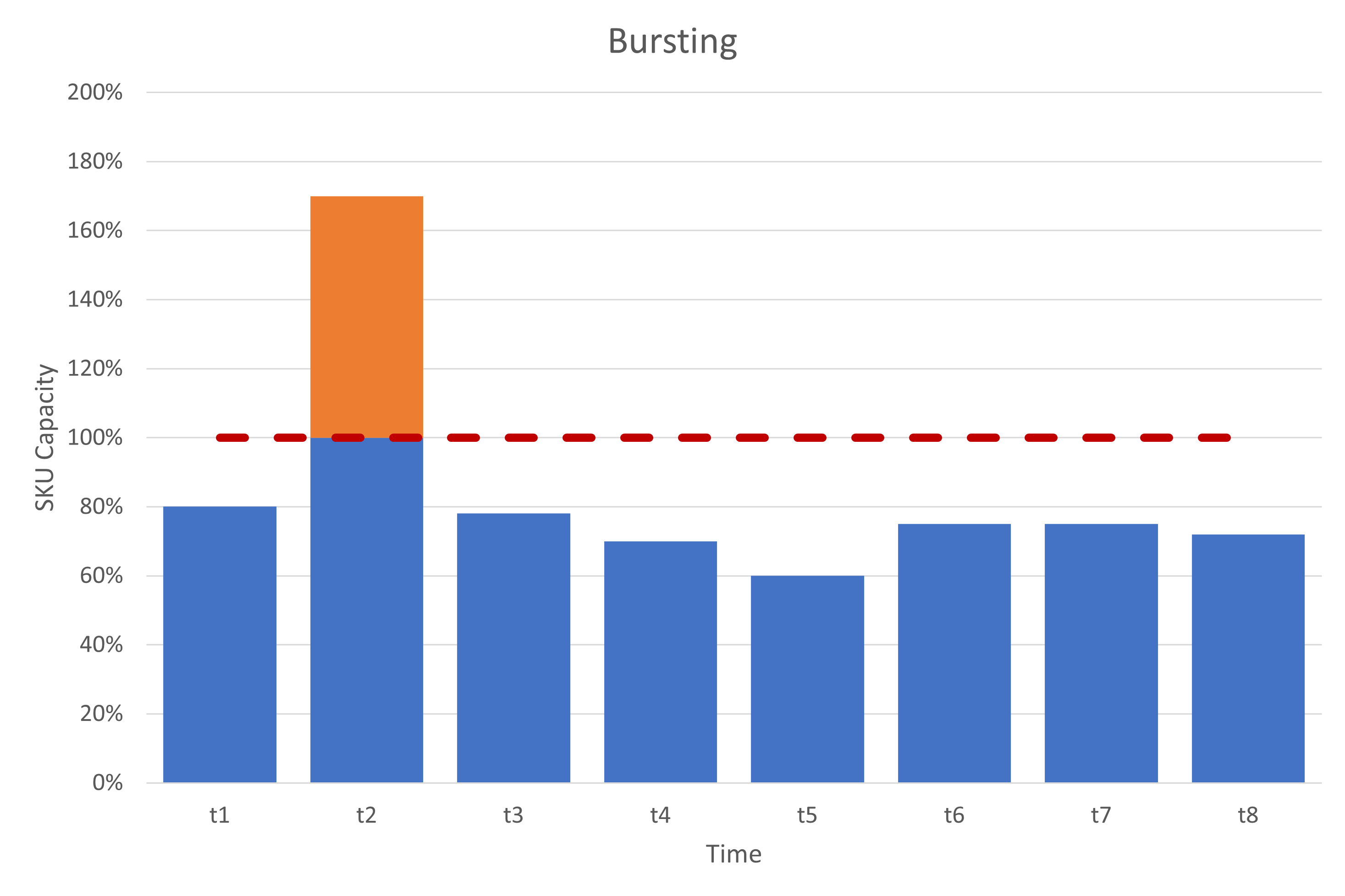
Automatic resource management
- Bursting
- Smoothing

Automatic resource management
- Bursting
- Smoothing
- Throttling
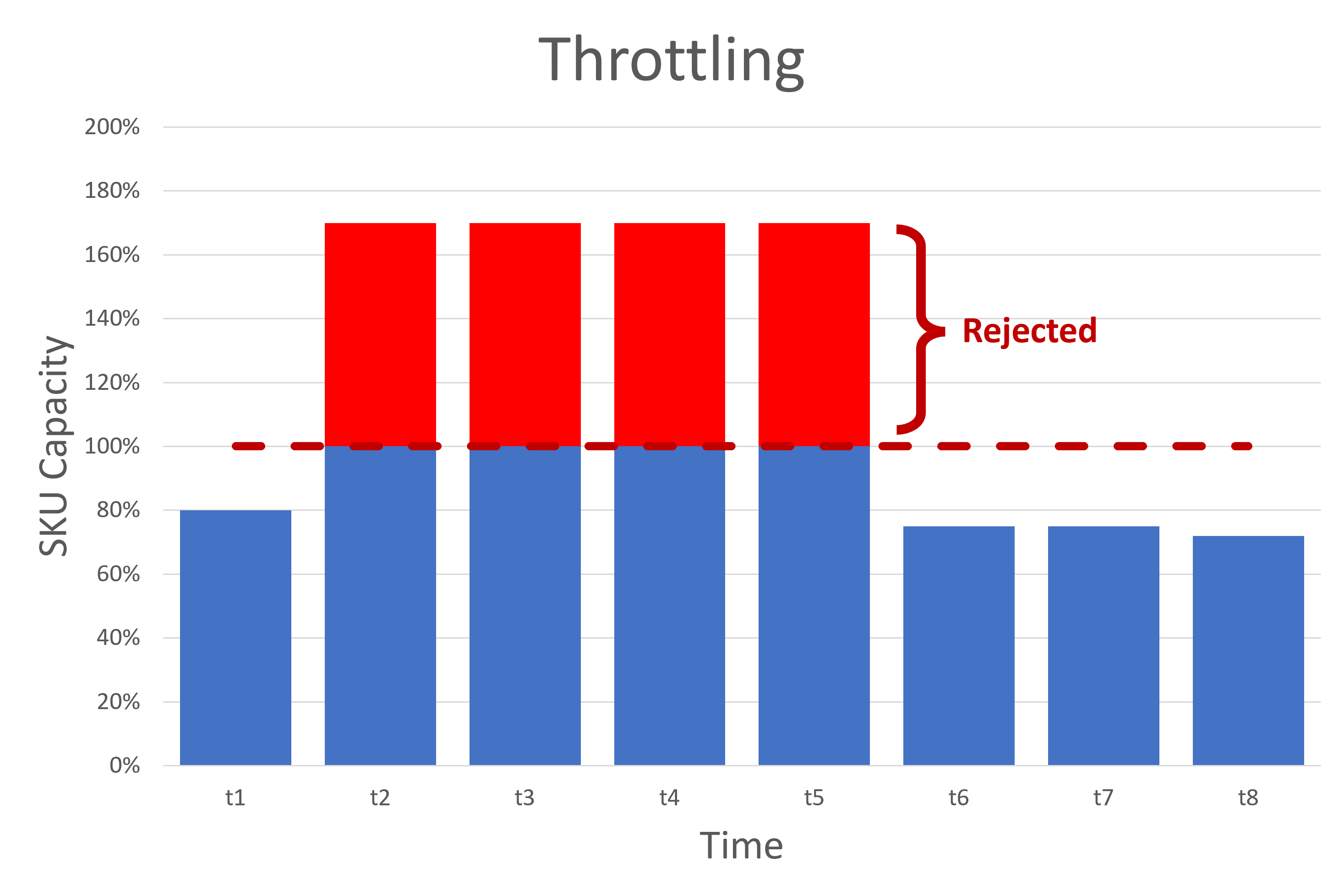
Monitoring capacity usage

Fabric Capacity Metrics app
- Compute usage over time (CU%)
- Processing time
- Number of operations/hour
- Number of users/hour
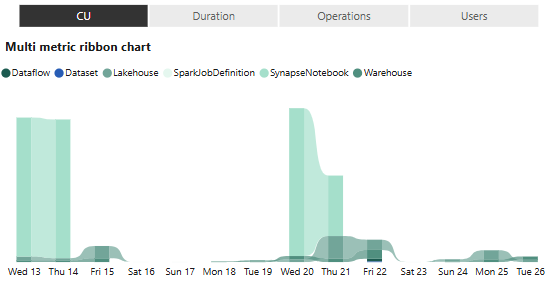
Monitoring capacity usage
- Compute usage over time (CU%)
- Processing time
- Number of operations/hour
- Number of users/hour
- Throttling
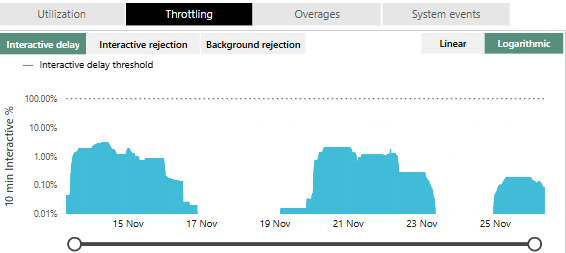
Monitoring capacity usage
- Compute usage over time (CU%)
- Processing time
- Number of operations/hour
- Number of users/hour
- Throttling
- Metrics per item
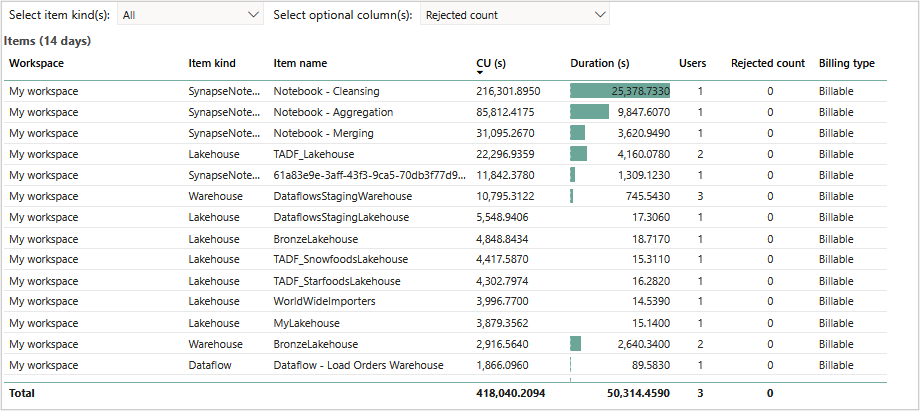
Monitoring capacity usage
- Compute usage over time (CU%)
- Processing time
- Number of operations/hour
- Number of users/hour
- Throttling
- Metrics per item
- Storage
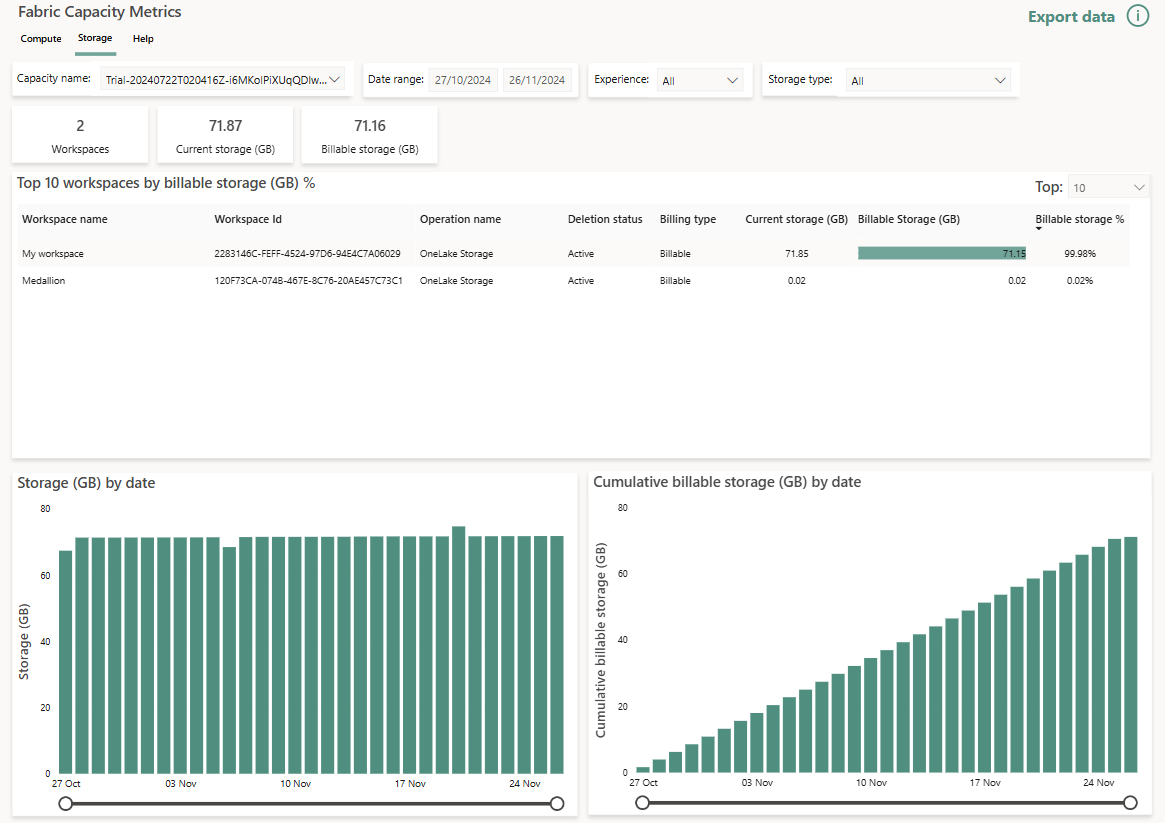
Monitoring hub
- More detailed view than Capacity Metrics app
- Capacity Metrics app: Focus on aggregated resource consumption over time
- Monitoring hub: Focus on execution time of individual activities
![]()
Monitoring hub
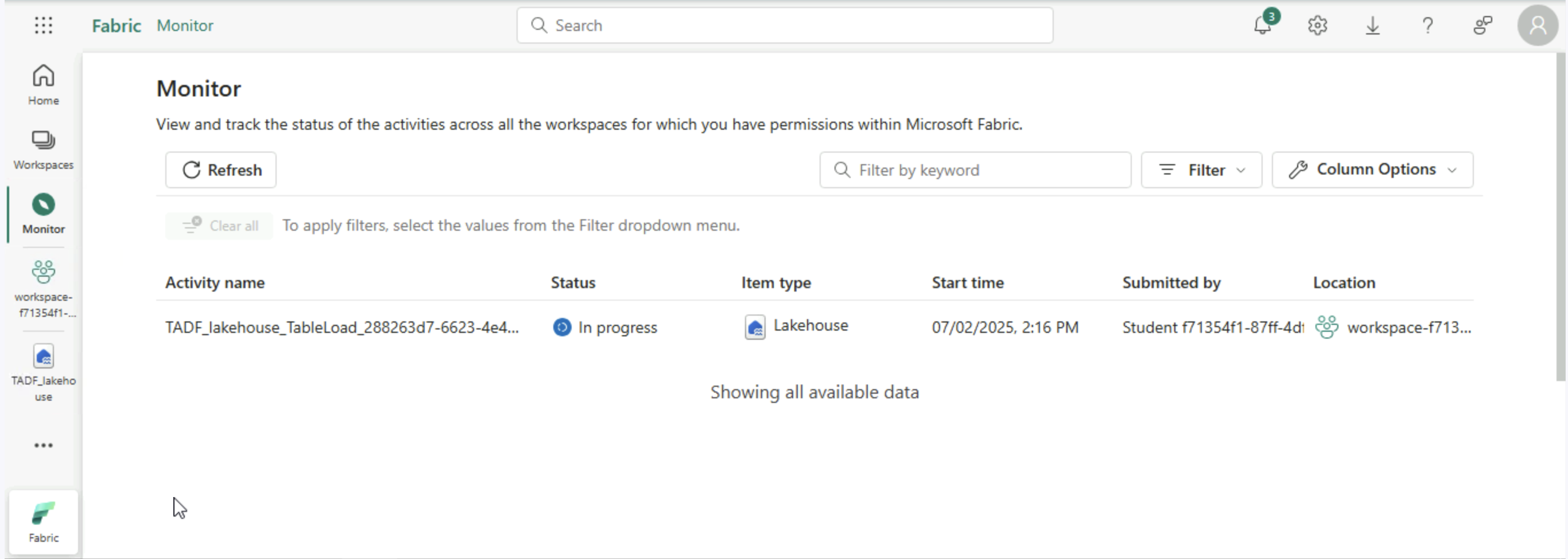
Let's practice!
Transform and Analyze Data with Microsoft Fabric

